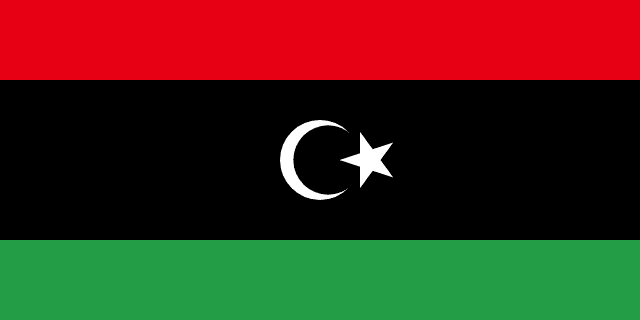Country Information
| Sovereign State | Yes |
| Country Codes | TN, TUN, 788 |
| Official Name | Republic of Tunisia |
| Continent | Africa |
| Capital | Tunis |
| Government Type | Unitary Semi-Presidential Republic |
| Currency | Tunisian Dinar (TND) |
| Calling Code | +216 |
| Member Of | United Nations, African Union, Arab League, Organisation of Islamic Cooperation |
| Population | Approximately 11.7 million |
| Total Area | 163,610 km² |
| Highest Point | Jebel ech Chambi (1,544 meters, 5,066 feet) |
| Lowest Point | Shatt al Gharsah (-17 meters, -56 feet) |
| GDP Per Capita | USD 3,500 |
| Life Expectancy | 76 years |
| Internet TLD | .tn |
Tunisia National Anthem
Humat al-Hima (Defenders of the Homeland)
O defenders of the Homeland!
Rally around to the glory of our time!
The blood in our veins is fervently boiling,
Our land is calling for those who dare.
Flags of Neighboring Countries


History of the Tunisia Flag
The national flag of Tunisia was officially adopted on July 3, 1959, following the country’s independence from France in 1956. The design of the flag dates back to the 19th century, during the Ottoman rule.
The flag features a red field with a white circle in the middle. Inside the circle is a red crescent encircling a red five-pointed star. The red color in the flag represents the blood of martyrs shed in the struggle against the Ottoman Empire and for independence from France. The white symbolizes peace, the crescent is a traditional symbol of Islam, and the star represents unity and a bright future.
The flag was designed to combine elements of both the Ottoman flag and traditional Islamic symbols while establishing a distinct national identity for Tunisia. This design choice represents a blend of the country’s historical ties and its modern aspirations.
Over the years, the Tunisian flag has become a symbol of national pride and sovereignty. It played a significant role during the Jasmine Revolution of 2010-2011, a movement that led to the Arab Spring. The flag is prominently displayed during national celebrations, sports events, and political rallies. It remains a powerful symbol of Tunisia’s heritage, its struggles for independence, and its ongoing journey towards democracy and development.

